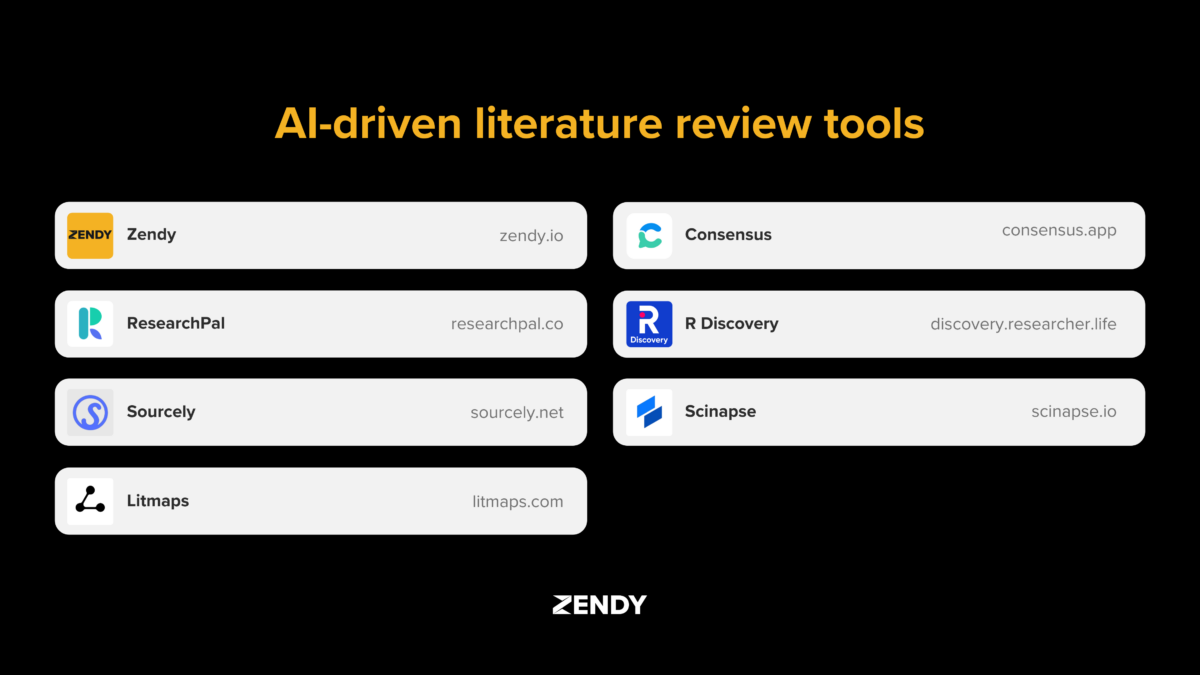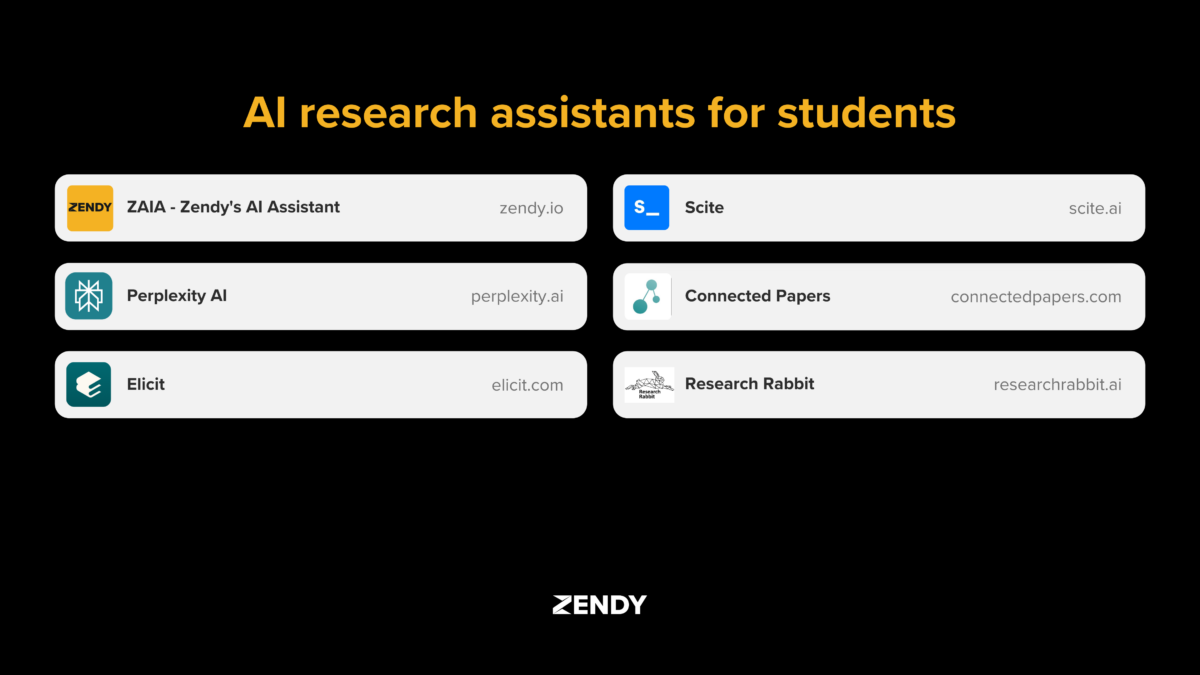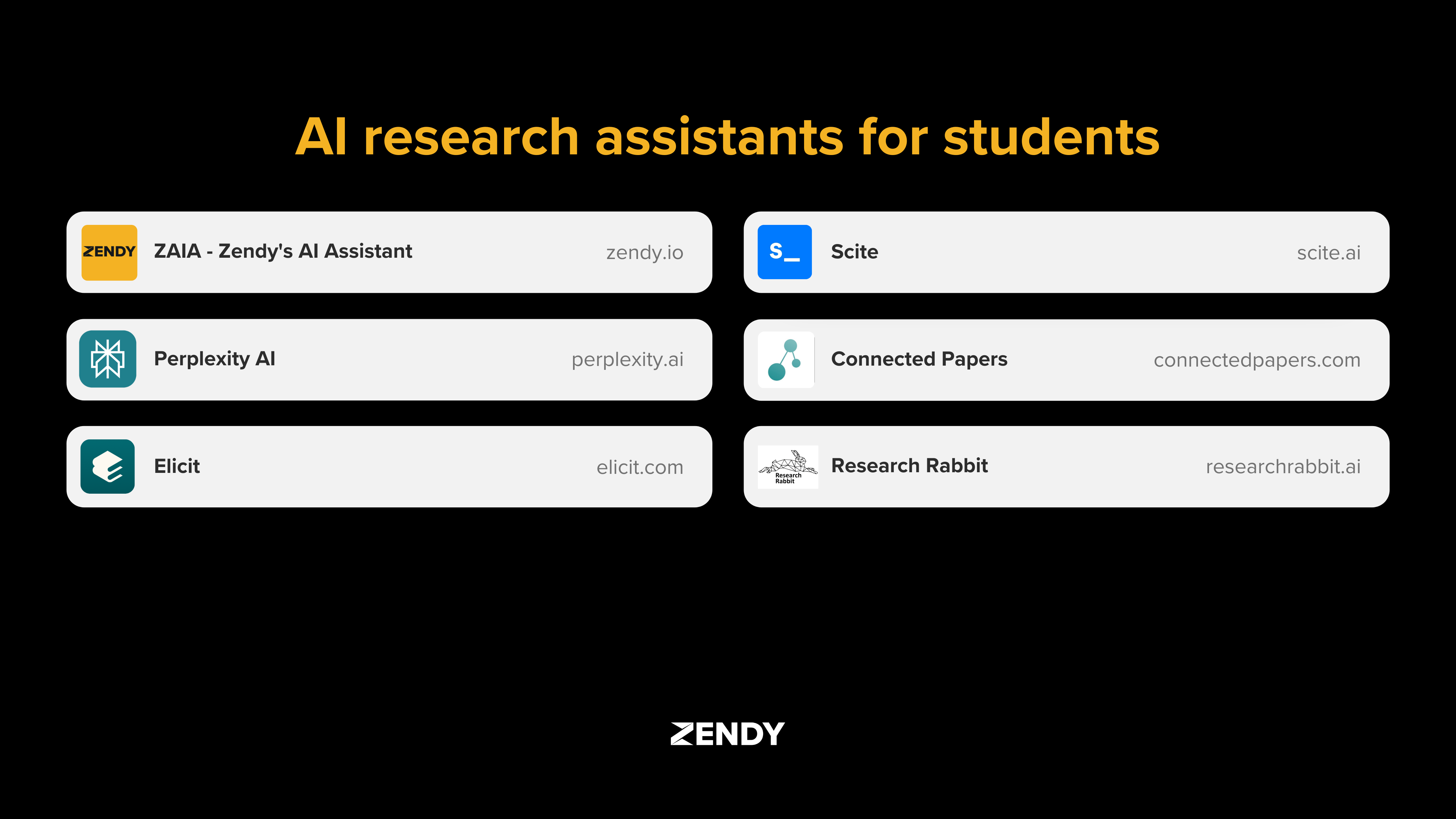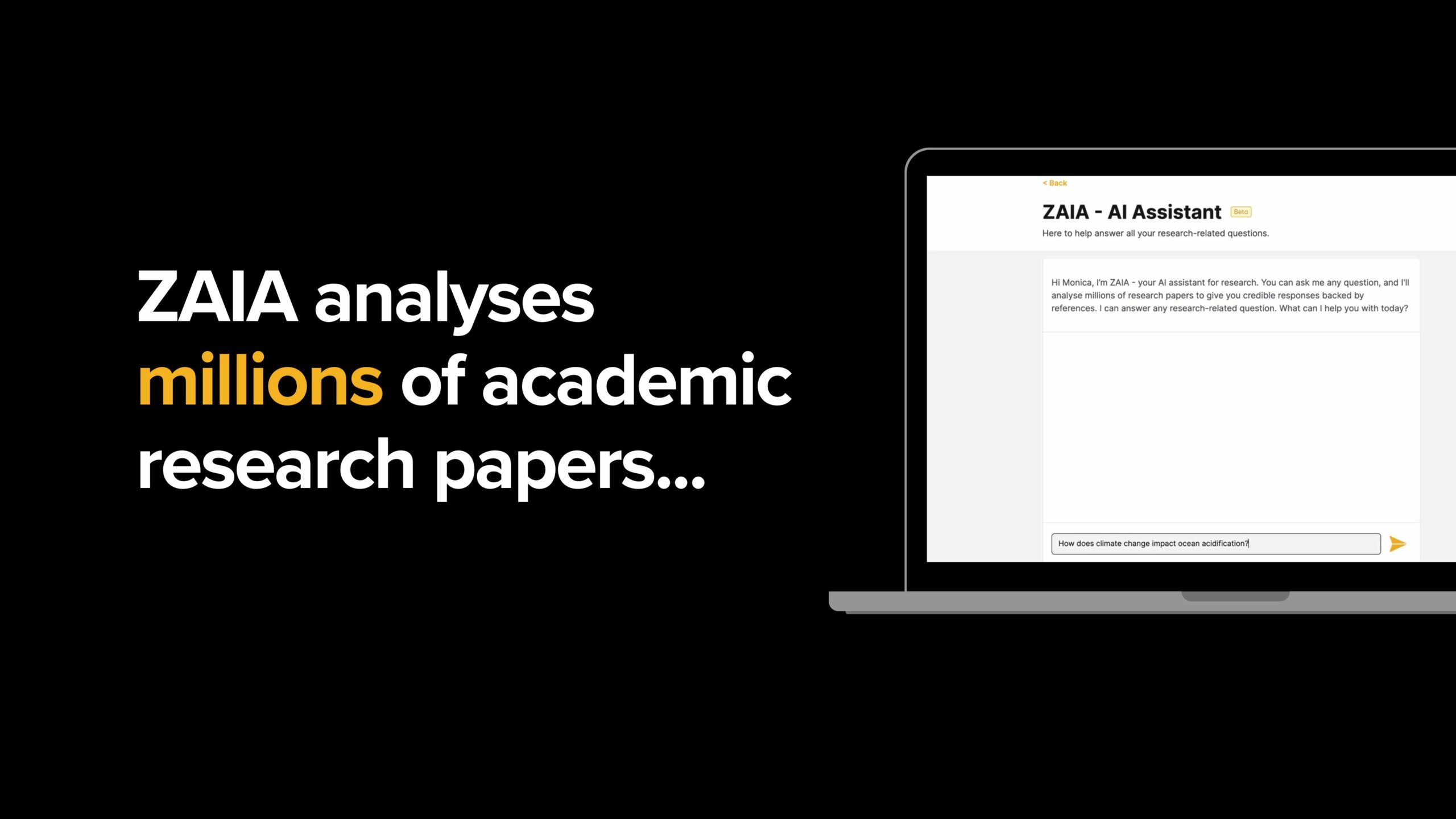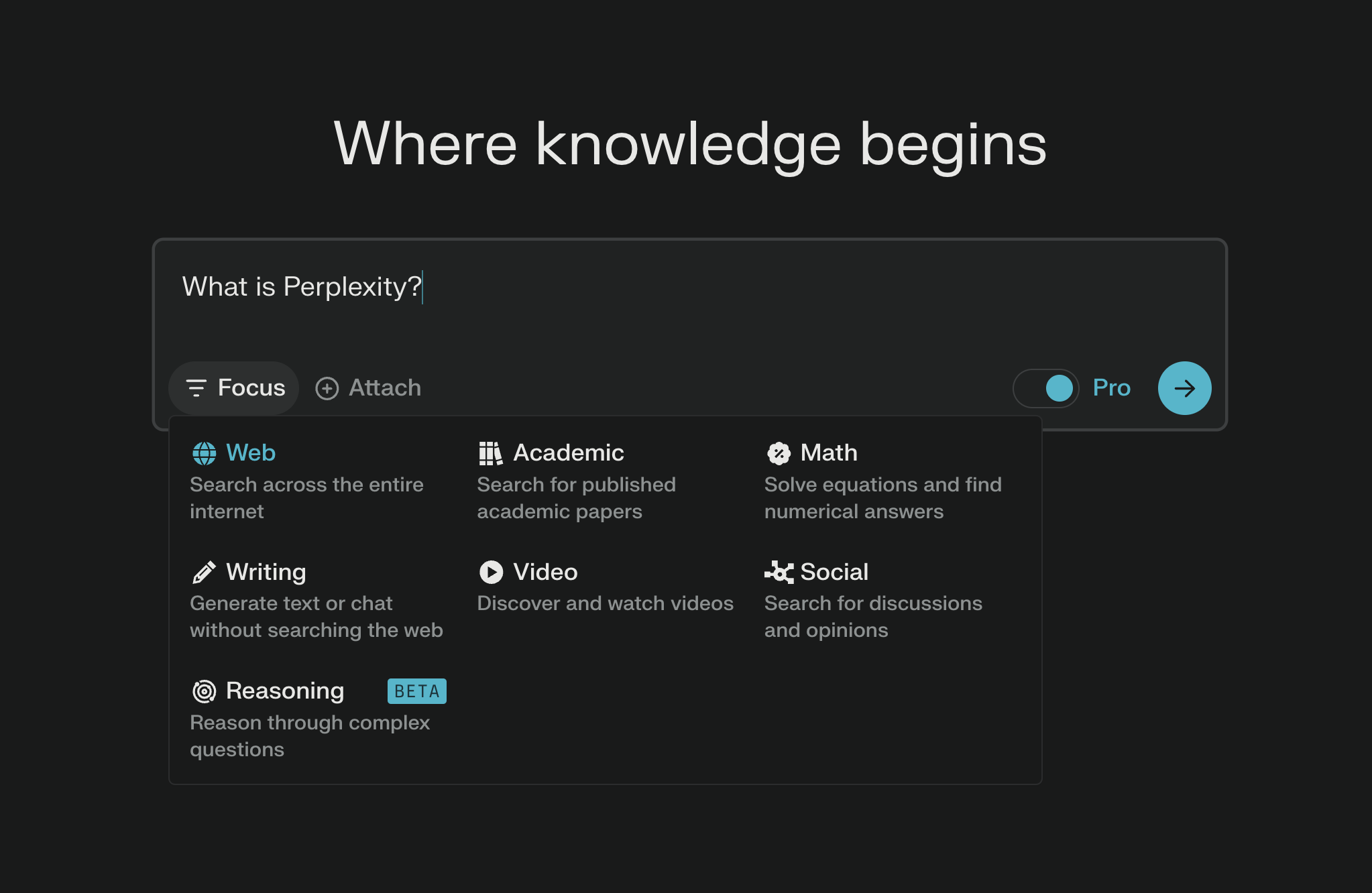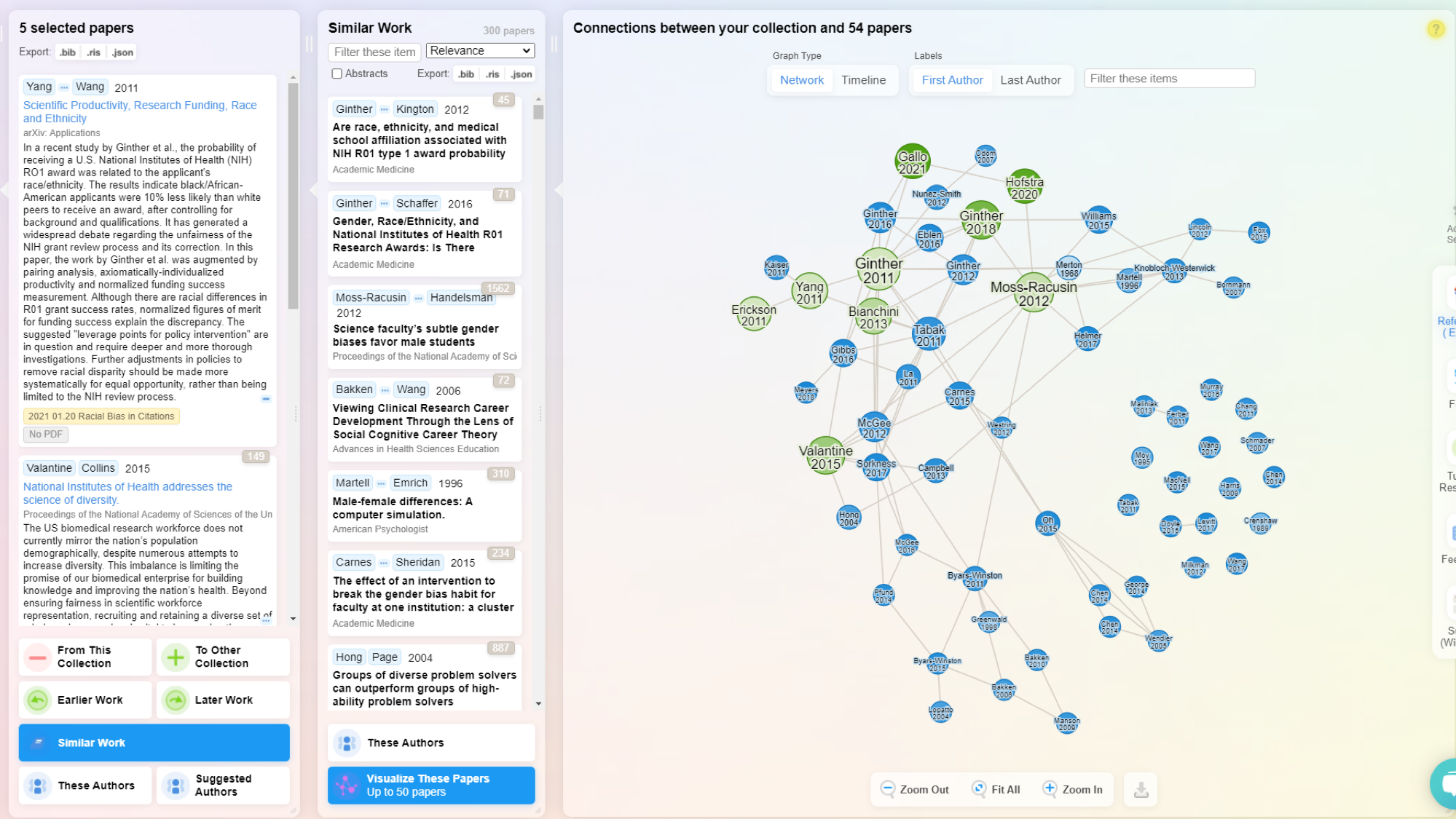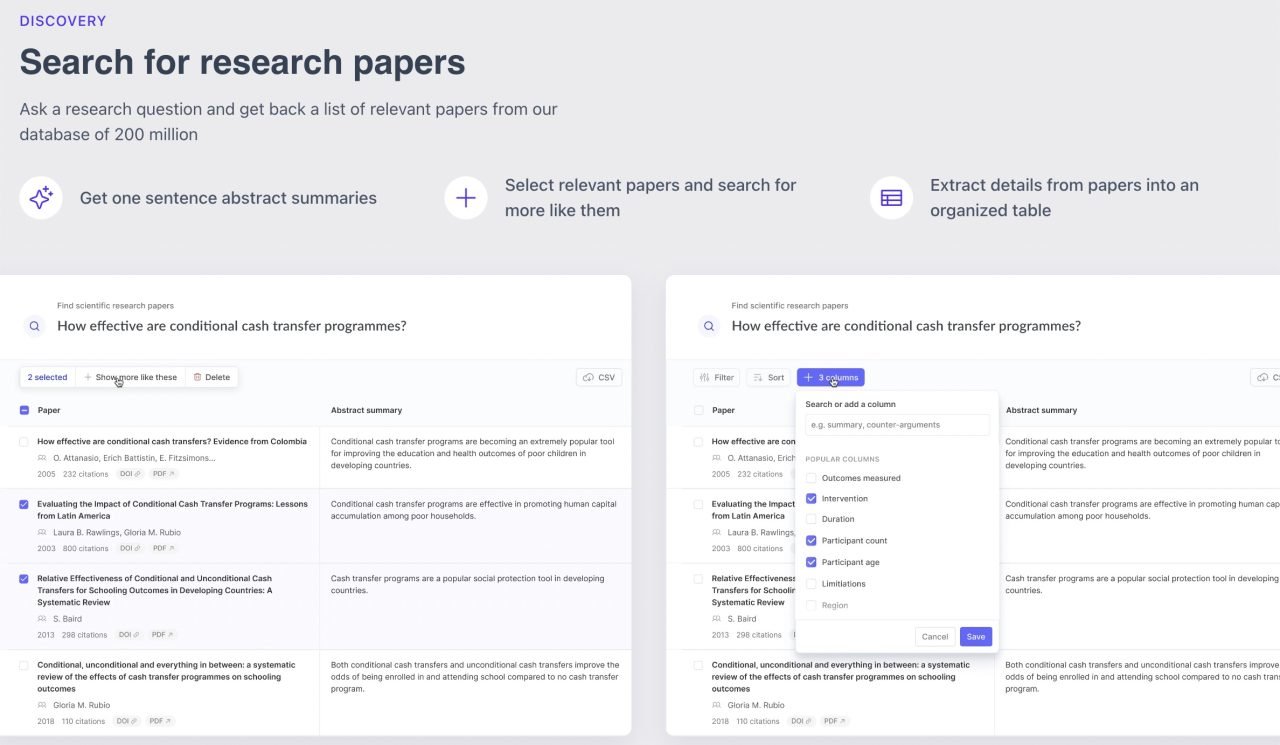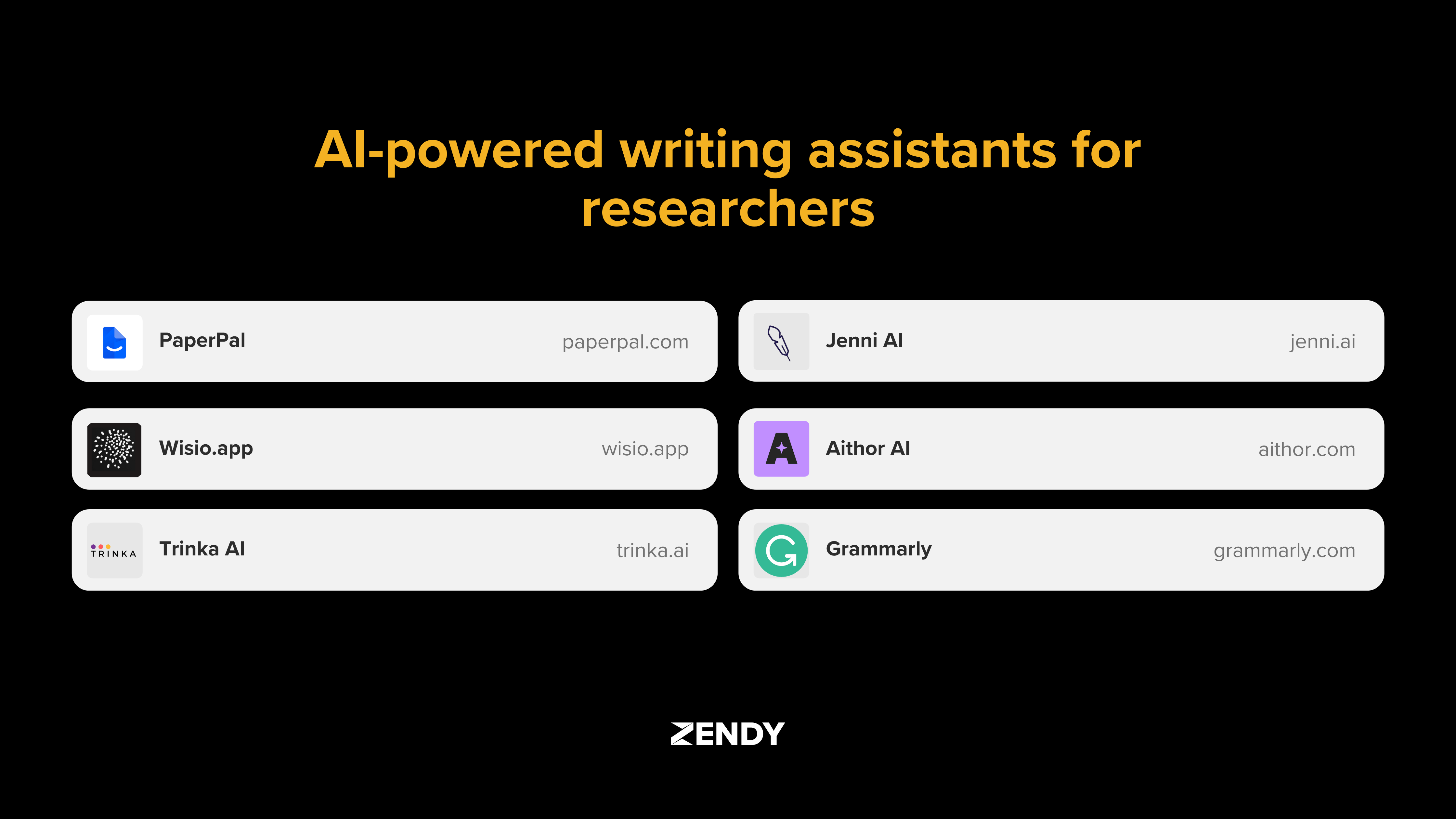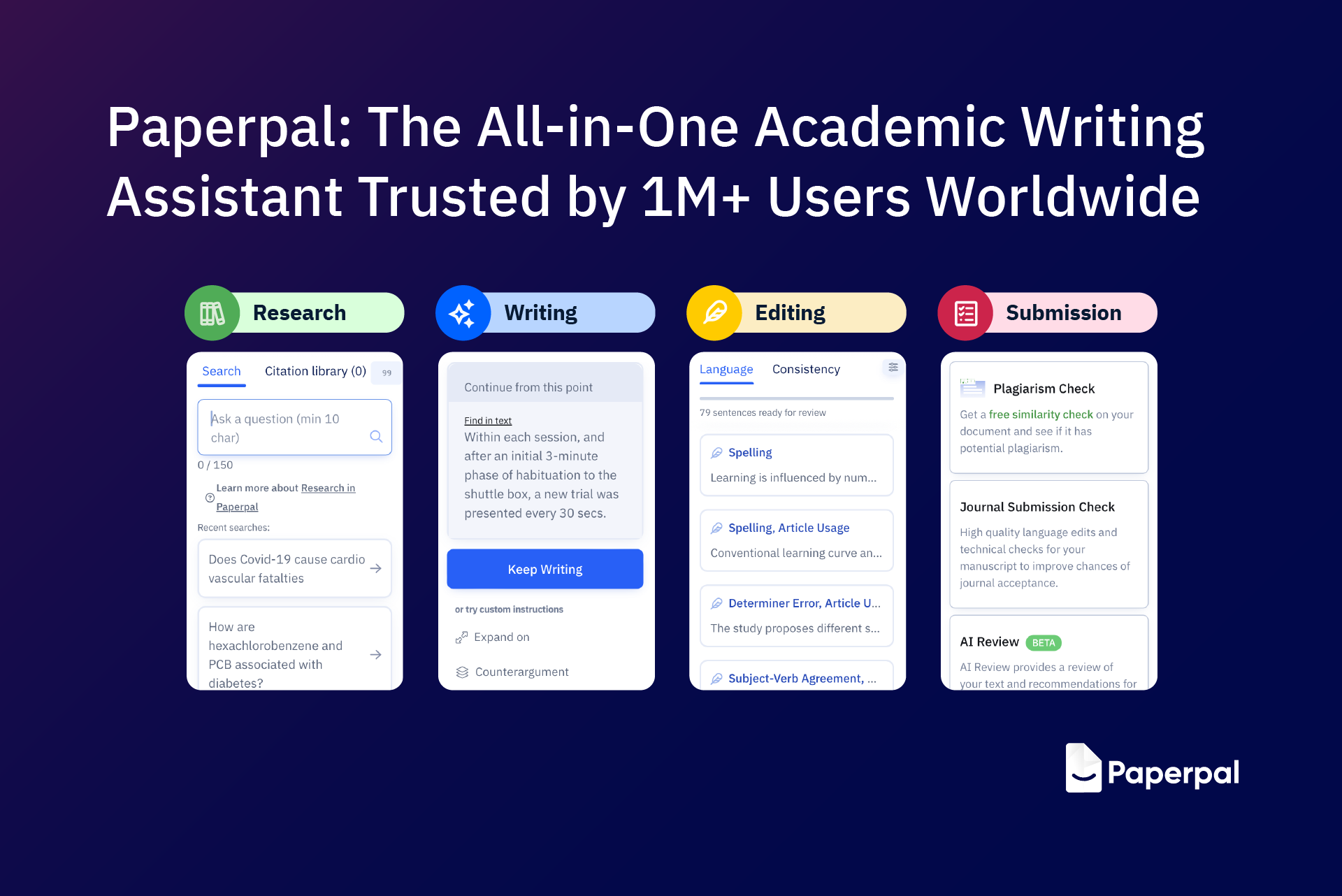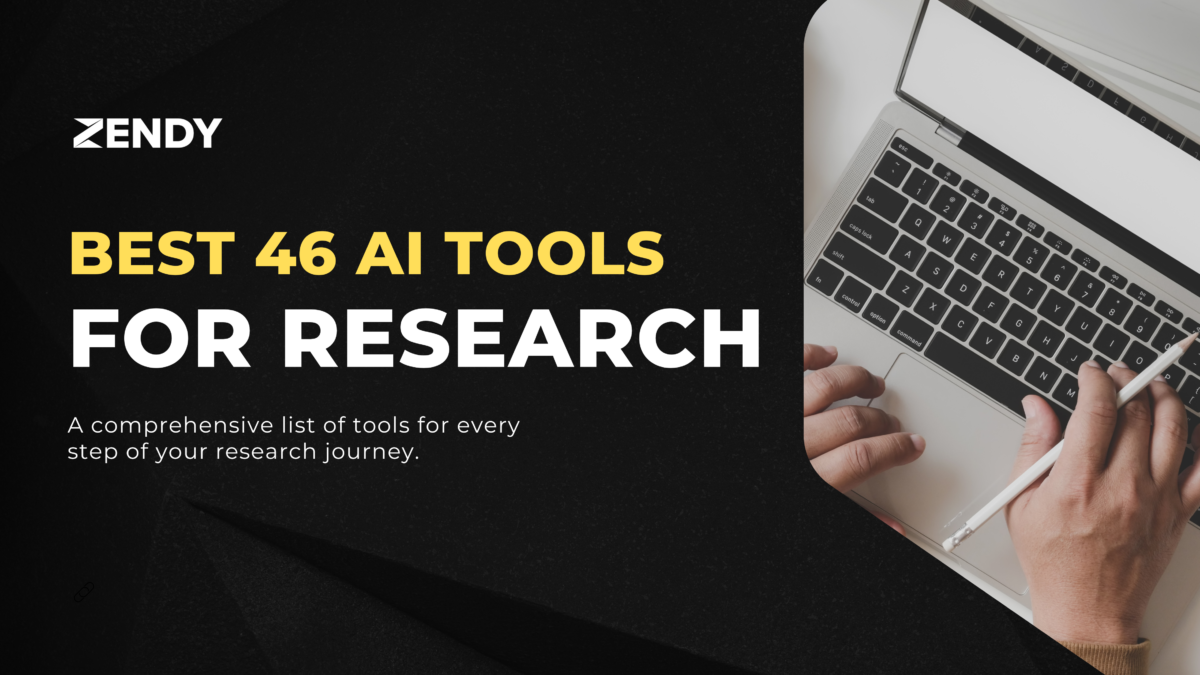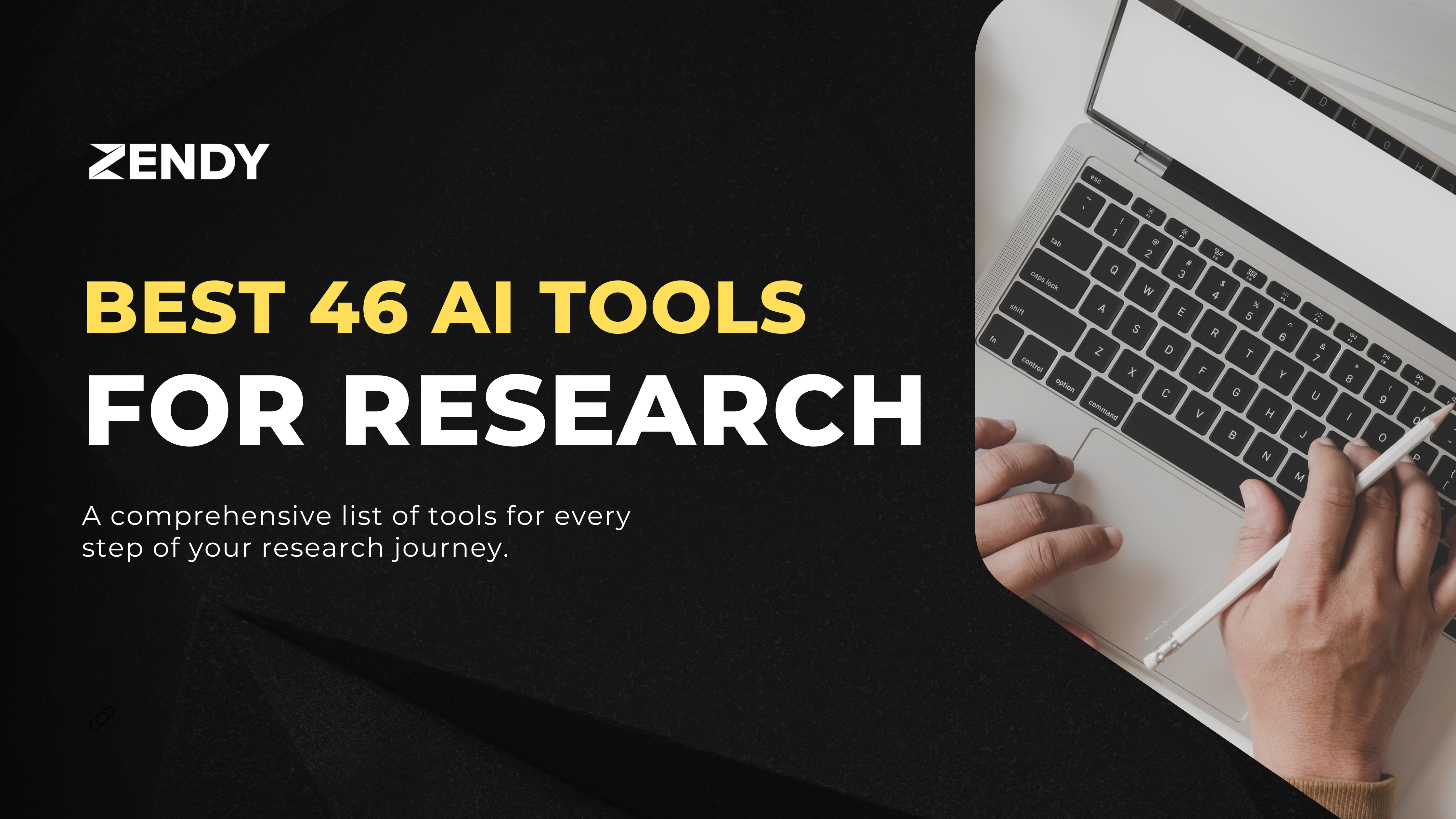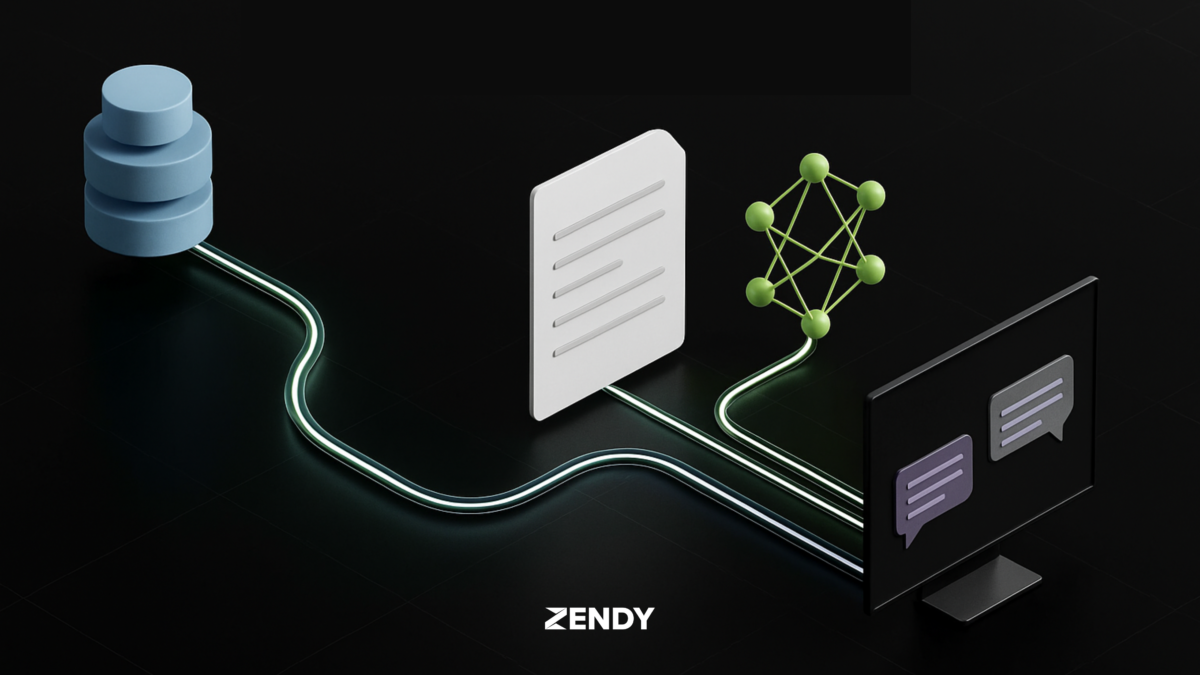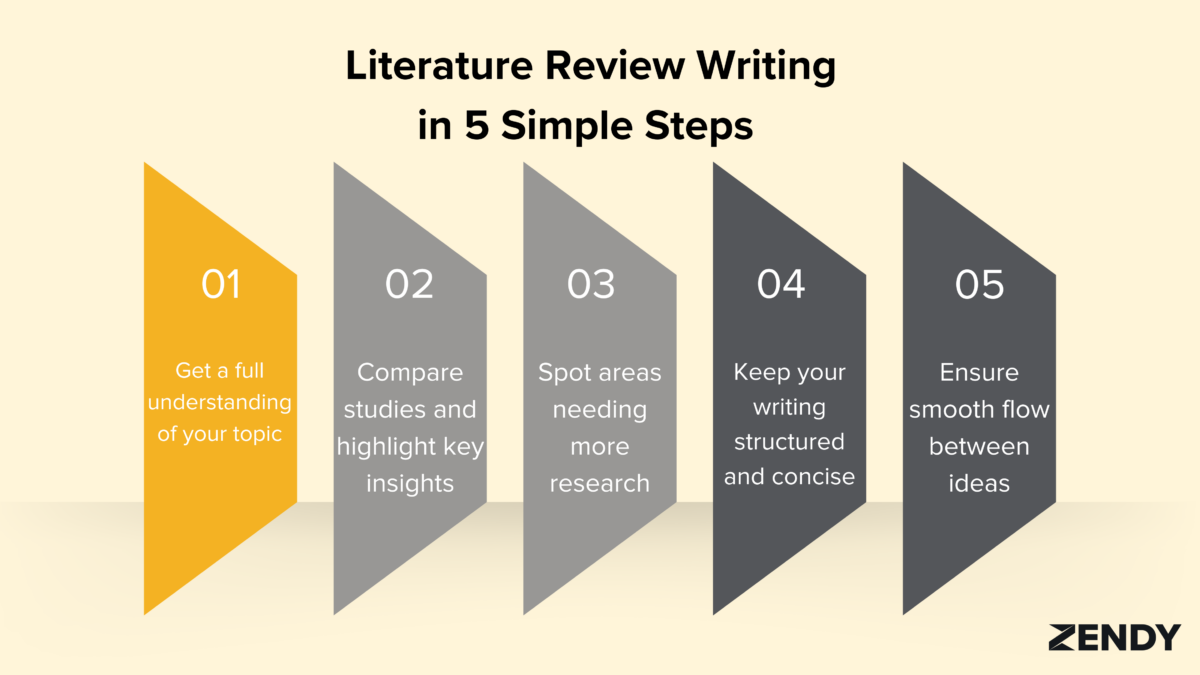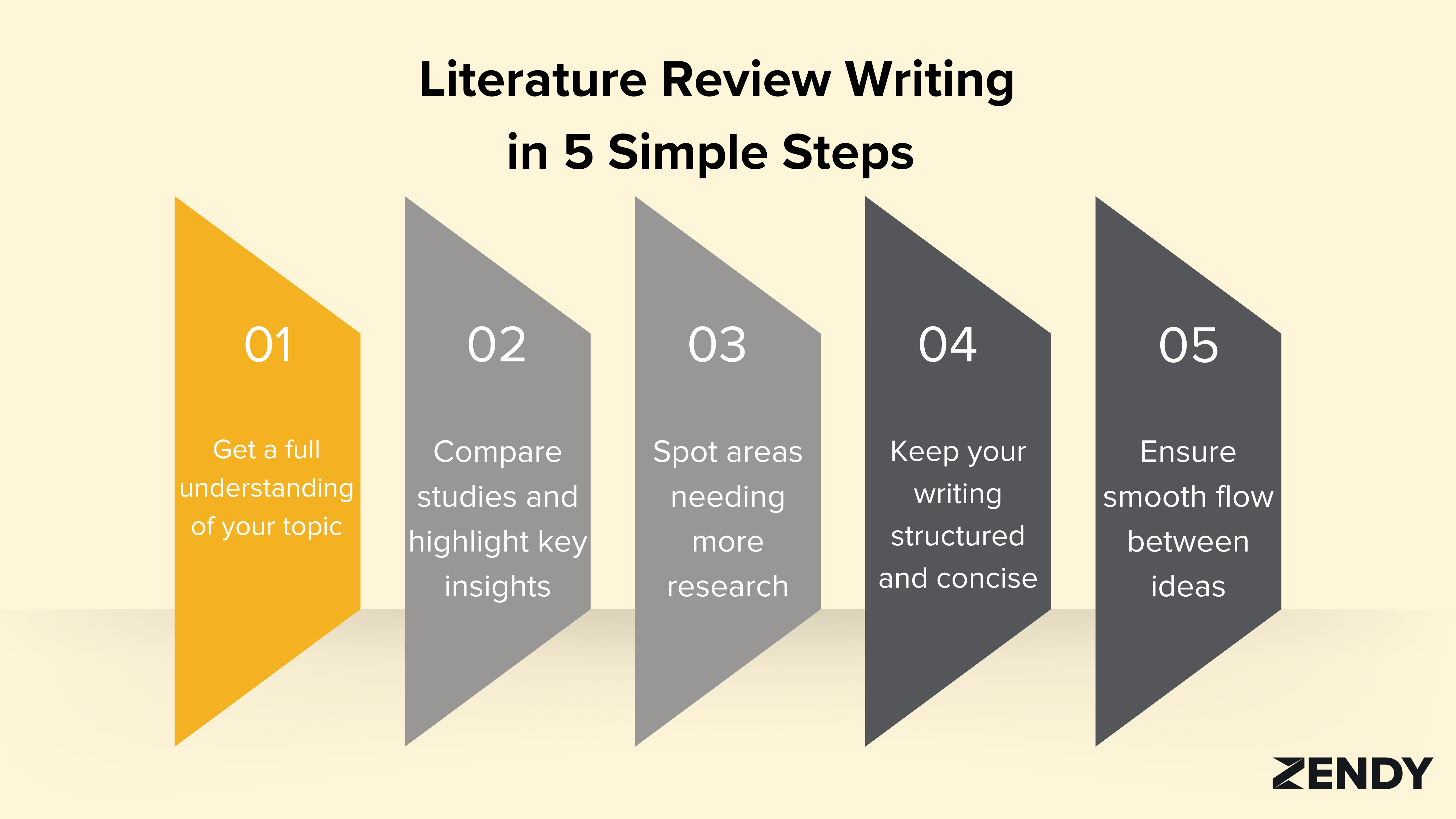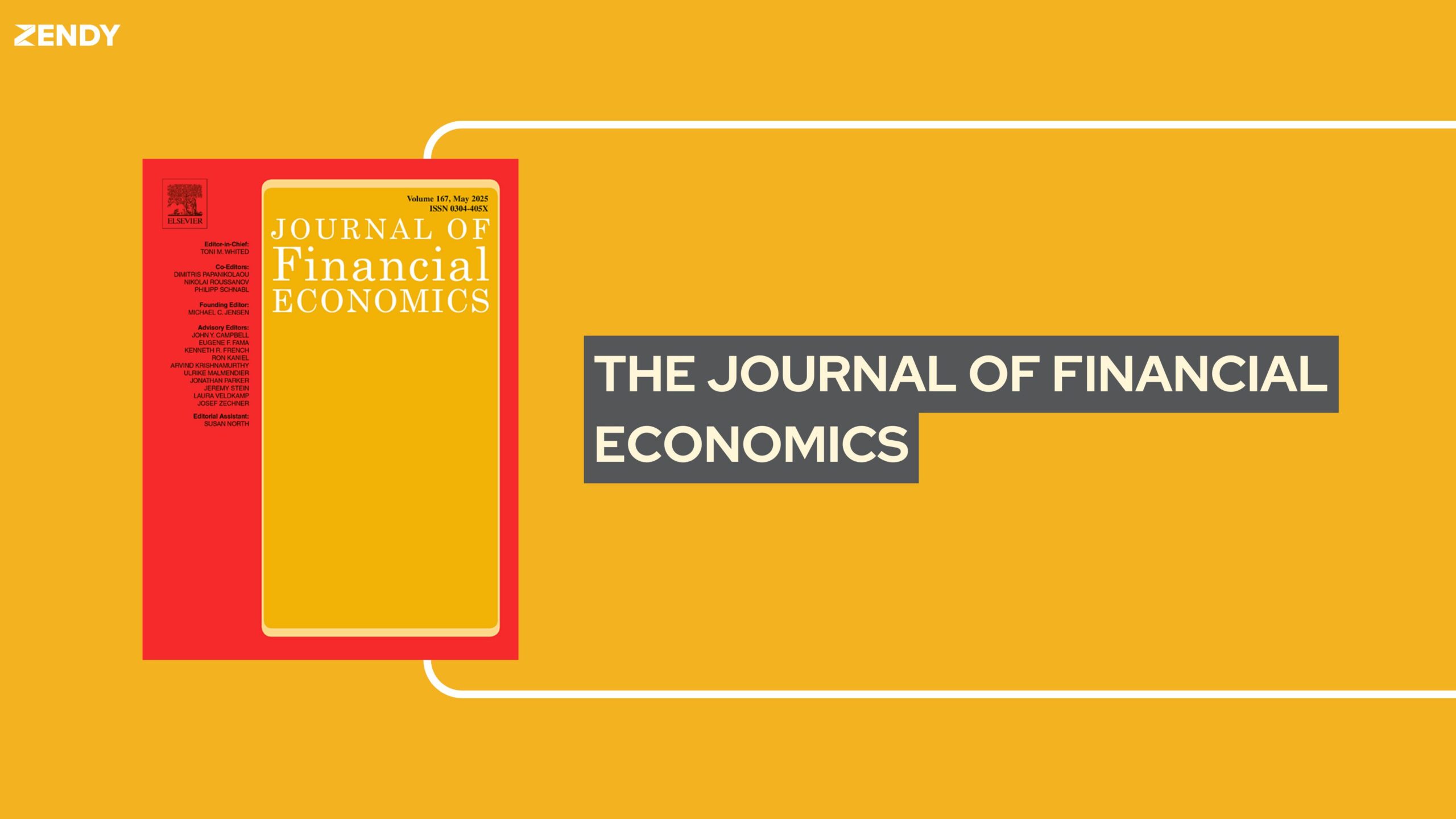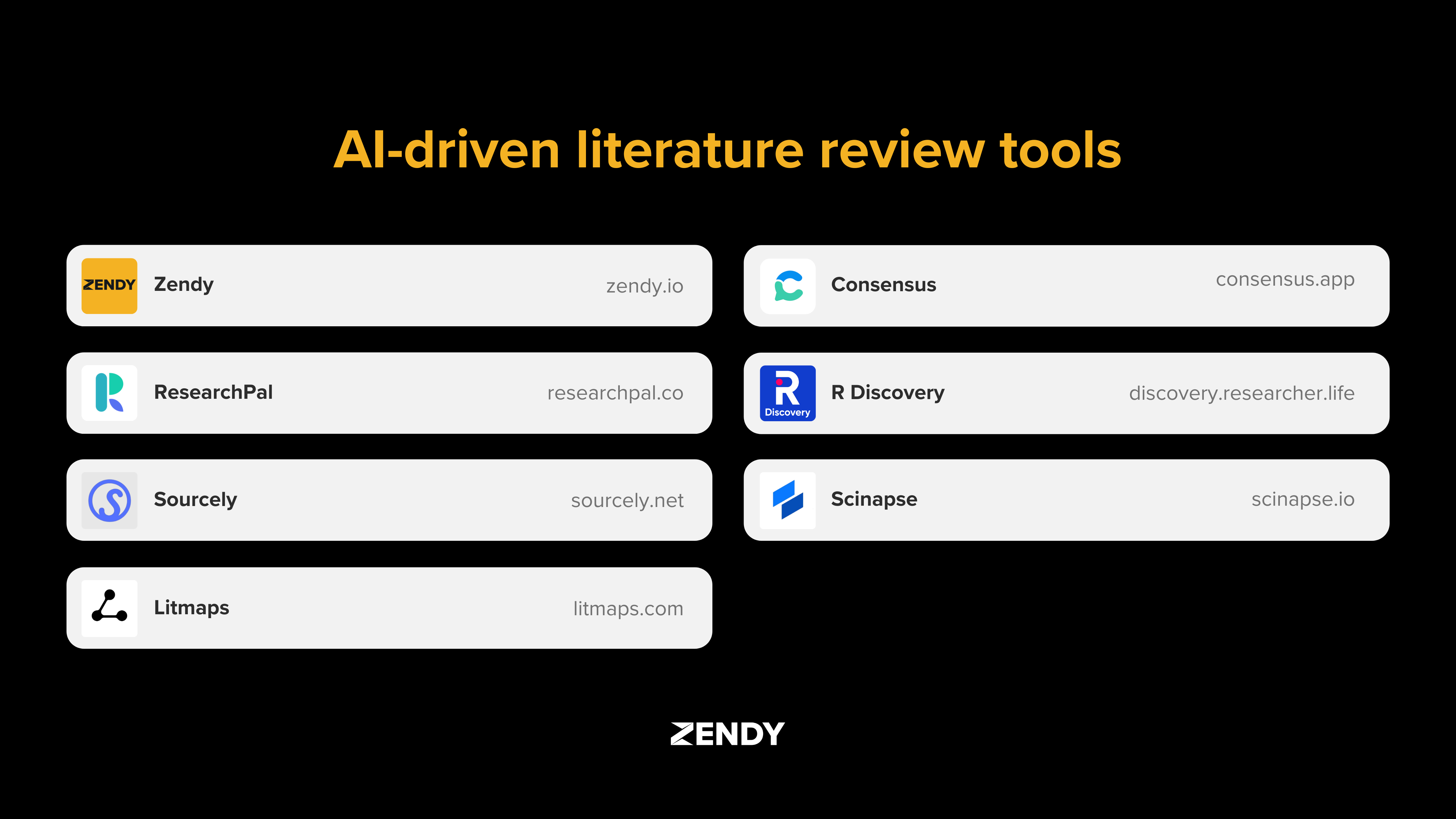
Literature reviews are an essential part of any research project. They involve reading and analysing existing studies to understand what has already been discovered.
In the past, this process required researchers to search through many databases, download papers, and take detailed notes by hand. With the rise of artificial intelligence (AI), new tools have emerged to make this process more efficient.
These tools are known as AI literature review tools. They use technology to help researchers find, summarise, and organise academic content faster than before.
What Are AI Literature Review Tools
AI literature review tools are digital platforms that use artificial intelligence to support the process of finding and analysing academic research. These tools help students, scholars, and professionals handle large volumes of information more effectively.
They solve common problems researchers face, such as limited time, difficulty locating relevant studies, and managing large sets of documents. Instead of reading dozens of papers manually, users can explore summaries, filter key concepts, and organise sources with the help of AI.
Research workflows have shifted from manual searching and reading to assisted processes where AI helps identify patterns, themes, and gaps in the literature.
- Faster literature review:
- Enhanced discovery:
- Better organisation:
Most AI literature review tools use machine learning and natural language processing (NLP) to understand academic text and improve their recommendations over time.
How To Choose the Best AI Literature Review Tool
When looking at different AI literature review tools, it helps to focus on a few key areas that affect how useful they’ll be for your research.
Evaluate Summarisation Capabilities
AI summarisation tools condense long academic papers into shorter versions. Some only summarise abstracts, while others process entire papers.
The quality of these summaries varies widely. Good summaries capture the main findings, methodology, and limitations without misrepresenting the original work.
When evaluating AI literature review tools, check if the summaries:
- Include the main research question
- Mention the methodology used
- Summarise key findings
- Note any important limitations
Check Integration With Citation Apps
Most researchers use citation management tools to organise references. The best AI literature review tools connect with these programs.
Look for tools that integrate with popular citation managers like Zotero, Mendeley, EndNote, or RefWorks. This integration saves time by automatically formatting citations and building bibliographies.
Some AI literature review tools also offer direct export options in formats like BibTeX or RIS, which can be imported into most citation software.
Assess Search Scope And Coverage
Different AI literature review tools search different databases. Some focus on open-access content, while others include both open and paywalled articles.
Coverage also varies by subject. A tool might excel in medical research but have limited content in engineering or humanities.
When comparing options, consider:
- The total number of articles available
- Coverage across different disciplines
- Access to both recent and historical papers
- Availability of full-text articles versus just metadata
Consider Cost And Access Models
AI research tools use various pricing approaches:
- Freemium: Basic features are free, advanced features are paid
- Subscription: Monthly or annual fee for full access
- Pay-per-use: Charges for specific actions like downloading papers
Some AI literature review tools offer institutional access through universities or research organisations. This can provide broader access at a lower cost per user.
Geographic restrictions may apply to certain subscriptions or publisher agreements, which is important for international researchers.
Zendy: AI-powered Research Library
Zendy combines a large collection of academic content with AI tools designed to make research more efficient. The platform gives access to millions of research papers, including both open-access and paywalled content.
The AI assistant feature, ZAIA, helps users find relevant information quickly by answering research questions with evidence from academic sources. This saves time compared to manual searching and reading.
Zendy also offers AI Summarisation that condenses long papers into shorter overviews, capturing the main points without losing critical details. The Key-Phrase Highlighting feature automatically marks important concepts in the text.
For organising, Zendy includes reading list tools that help researchers group related papers and track their progress through important sources.
The platform covers all academic disciplines, making it useful for researchers in fields from medicine and engineering to social sciences and humanities.
- Global accessibility: Available in over 200 countries
- Affordable access: Provides options for individual researchers without institutional affiliations
- User-friendly interface: Designed to be accessible without extensive training
- Cross-disciplinary coverage: Includes content across all major academic fields
Litmaps, ResearchPal, Sourcely, Consensus, R Discovery, Scinapse.io
Each AI literature review platform has its own approach and strengths. Here’s how they compare:
| Platform | Primary Strength | Key Features | Best For | Limitations |
| Litmaps | Visual citation mapping | Citation graphs, seed maps, relationship discovery | Exploring how papers connect to each other | Limited summarisation capabilities |
| ResearchPal | Organisation tools | Reference management, article summaries, citation generation | Writing papers and managing references | Core features require paid subscription |
| Sourcely | Cross-referencing | Source discovery, citation suggestions, interdisciplinary connections | Finding sources across different fields | Limited visualisation tools |
| Consensus | Evidence extraction | Question-based search, consensus scoring, insight summarisation | Checking scientific agreement on topics | Free version has restricted depth |
| R Discovery | Personalised recommendations | Custom feeds, audio papers, PDF chat | Staying updated with new research | Less focus on analysis and citation networks |
| Scinapse.io | Broad search capabilities | Academic indexing, keyword search, filters | General academic paper discovery | Minimal AI enhancements |
This comparison helps identify which tool might work best for specific research needs or workflows.
Key Features To Consider Before Choosing A Tool
When selecting an AI tool for literature reviews, certain features matter more depending on your research goals.
AI Summaries And Recommendations
AI summaries help researchers quickly understand papers without reading the full text. The quality varies between platforms—some provide basic topic overviews while others offer detailed analysis.
Look for tools that accurately capture the main points without misrepresenting findings. The best platforms let you adjust summary length and focus on specific sections like methodology or results.
For example, Zendy’s AI summarisation processes the full text and highlights key concepts, making it easier to determine if a paper is relevant to your research.
Visual Discovery Or Concept Mapping
Visual tools show relationships between papers, authors, or topics through interactive maps or graphs. These visualisations help identify research gaps and understand how ideas connect.
This feature is particularly valuable when:
- Starting research in a new field
- Tracking how concepts have evolved over time
- Identifying influential papers or authors
- Finding unexplored connections between topics
Tools like Litmaps excel at showing citation networks, while others focus more on conceptual relationships.
Personalised Research Feeds
Personalised feeds suggest new papers based on your research interests and reading history. These recommendations become more accurate as you interact with the platform.
Most systems need time to learn your preferences. The more you use them, the better they become at finding relevant content.
These feeds help researchers stay current with new publications without manually searching multiple databases. They’re especially useful for ongoing projects or keeping up with rapidly evolving fields.
Cost, Freemium Or Institutional Access
Cost considerations vary depending on your situation:
- Students might prefer free or low-cost options
- Professional researchers may need more comprehensive tools
- Teams benefit from platforms with collaboration features
- Institutions look for broad access at reasonable rates
Many platforms offer free trials or basic plans with limited features. This lets you test their functionality before committing to a subscription.
Institutional access through universities or research organisations often provides the best value, giving you full features at a reduced cost.
Why Researchers Choose Zendy For Literature Reviews
Researchers select Zendy because it combines comprehensive content access with practical AI tools that streamline the literature review process.
The platform offers both open access and paywalled content, making it valuable for independent researchers without institutional affiliations. This accessibility is particularly important in regions where academic resources are limited.
ZAIA, Zendy’s AI assistant, answers research questions directly, saving time compared to manual searching. The summarisation tool condenses long papers into readable overviews, helping researchers quickly determine which studies are most relevant.
You will appreciate the intuitive interface that requires minimal training. The reading list feature helps you organise sources by topic, making it easier to track and cite references later.
Researchers from diverse fields find value in Zendy:
- Medical professionals use it to prepare for conferences and stay current with new treatments
- Students rely on it for thesis research and course assignments
- Independent scholars access academic content without institutional subscriptions
- Faculty members find sources across disciplines for interdisciplinary projects
The platform’s global availability in over 200 countries supports Zendy’s mission of reducing barriers to knowledge access.
Moving Forward With AI-Driven Research And Discovery
AI is changing how researchers approach literature reviews. These tools are becoming essential for managing the growing volume of academic publications.
The future of academic research tools will likely include more sophisticated analysis capabilities. Current AI literature review tools already help find and summarise content, but newer systems will better identify research gaps and suggest connections between seemingly unrelated fields.
For researchers new to AI literature review tools, starting with a clear research question helps focus the search process. Testing different platforms with the same query can reveal which one works best for your specific needs.
Zendy offers a combination of AI-powered discovery, summarisation tools, and broad content access. You can explore the platform at zendy.io.
Looking ahead, we can expect:
- More accurate full-text summarisation across different fields
- Better support for non-English research materials
- Improved citation analysis and validation
- Greater integration with writing and publishing tools
These developments will continue to make the research process more efficient while maintaining academic rigour.
How do AI literature review tools handle non-English content?
Most AI literature review platforms primarily support English content, with some offering limited capabilities for major European and Asian languages. Translation features vary widely between platforms.
What data privacy protections do these platforms offer when analysing research documents?
Leading platforms maintain privacy policies that prevent sharing uploaded documents and use anonymised data only for improving AI models. Always review each platform’s specific privacy terms before uploading sensitive research.
Which AI literature review tools offer institutional subscription options?
Zendy, Litmaps, and R Discovery provide institutional plans with multi-user access and administrative controls, making them suitable for universities and research departments.
